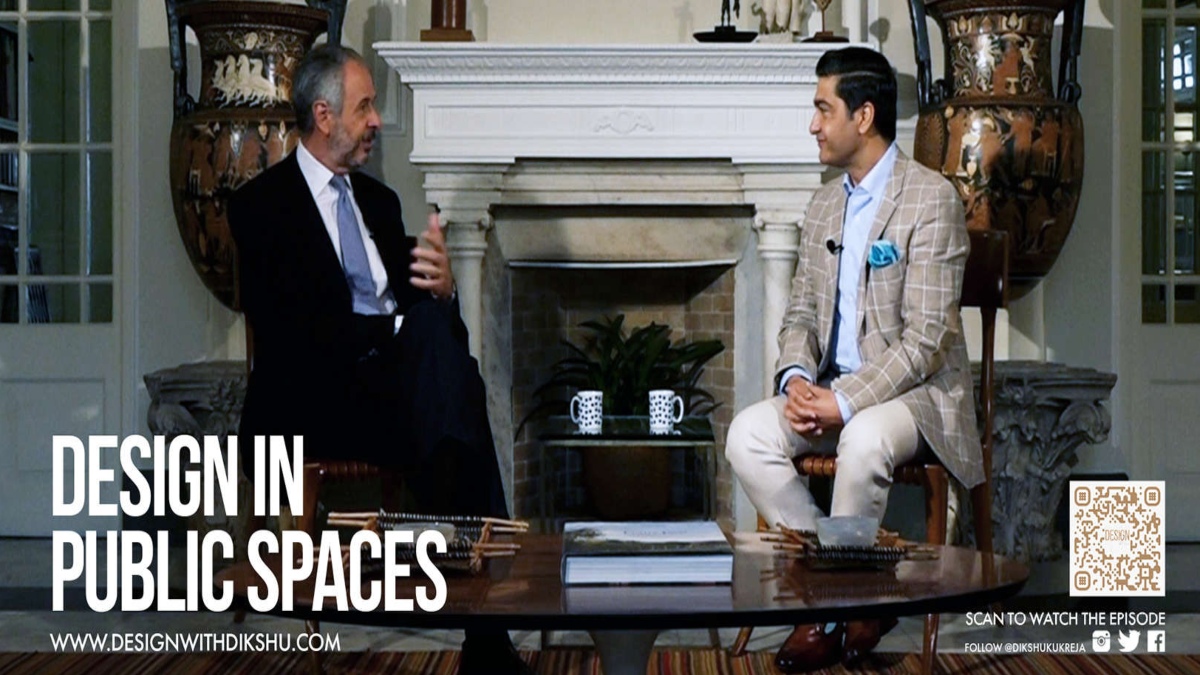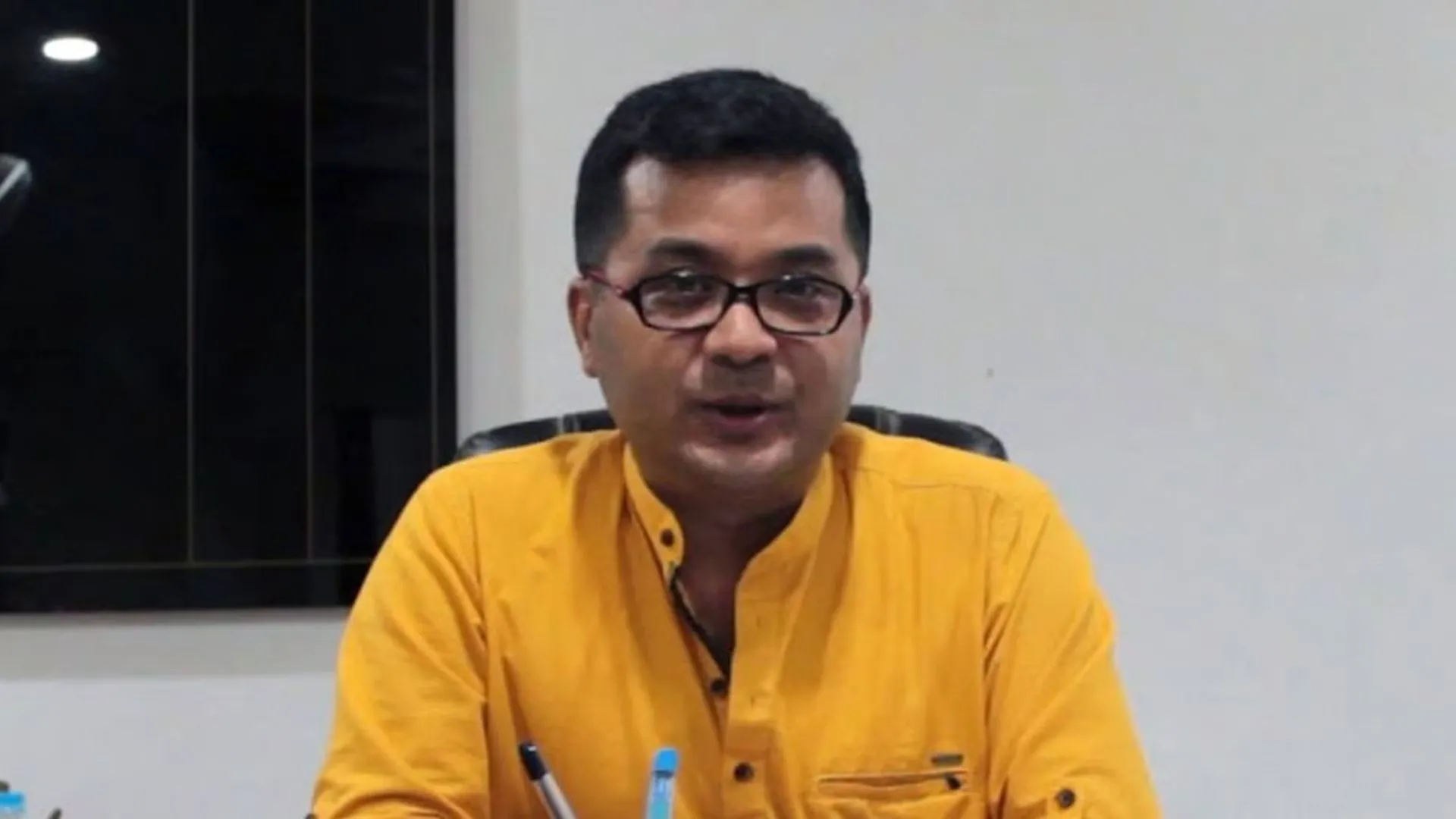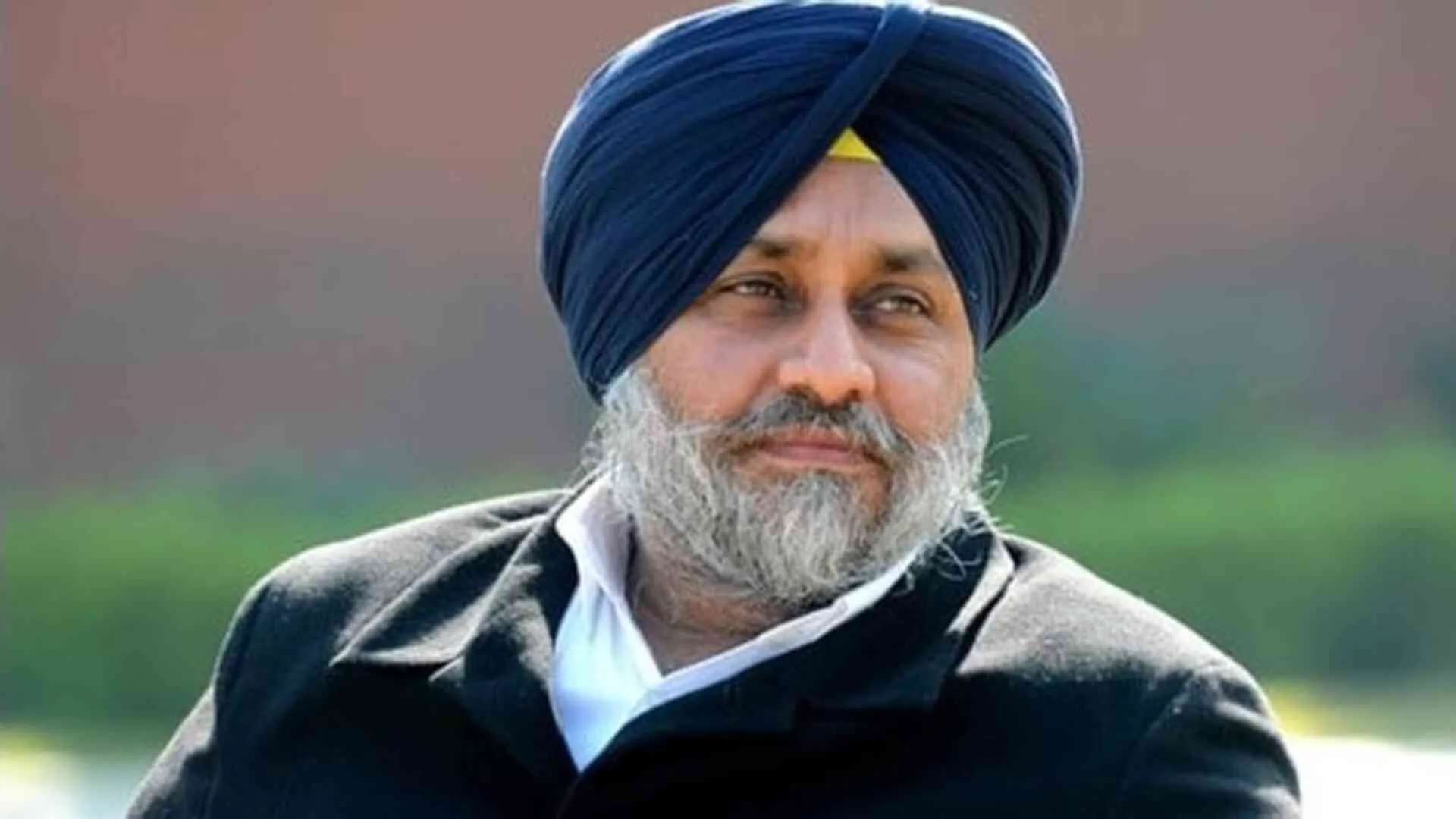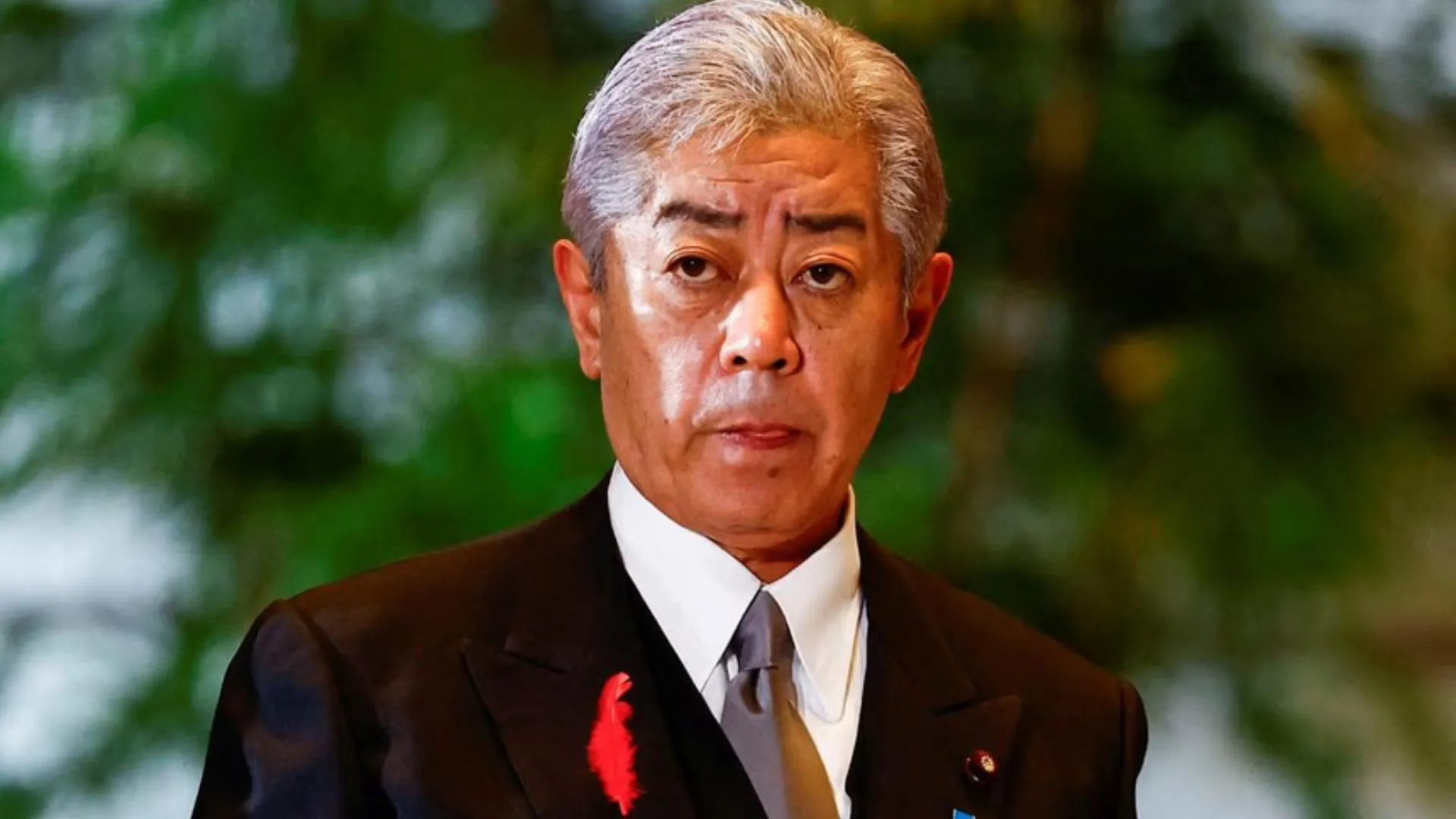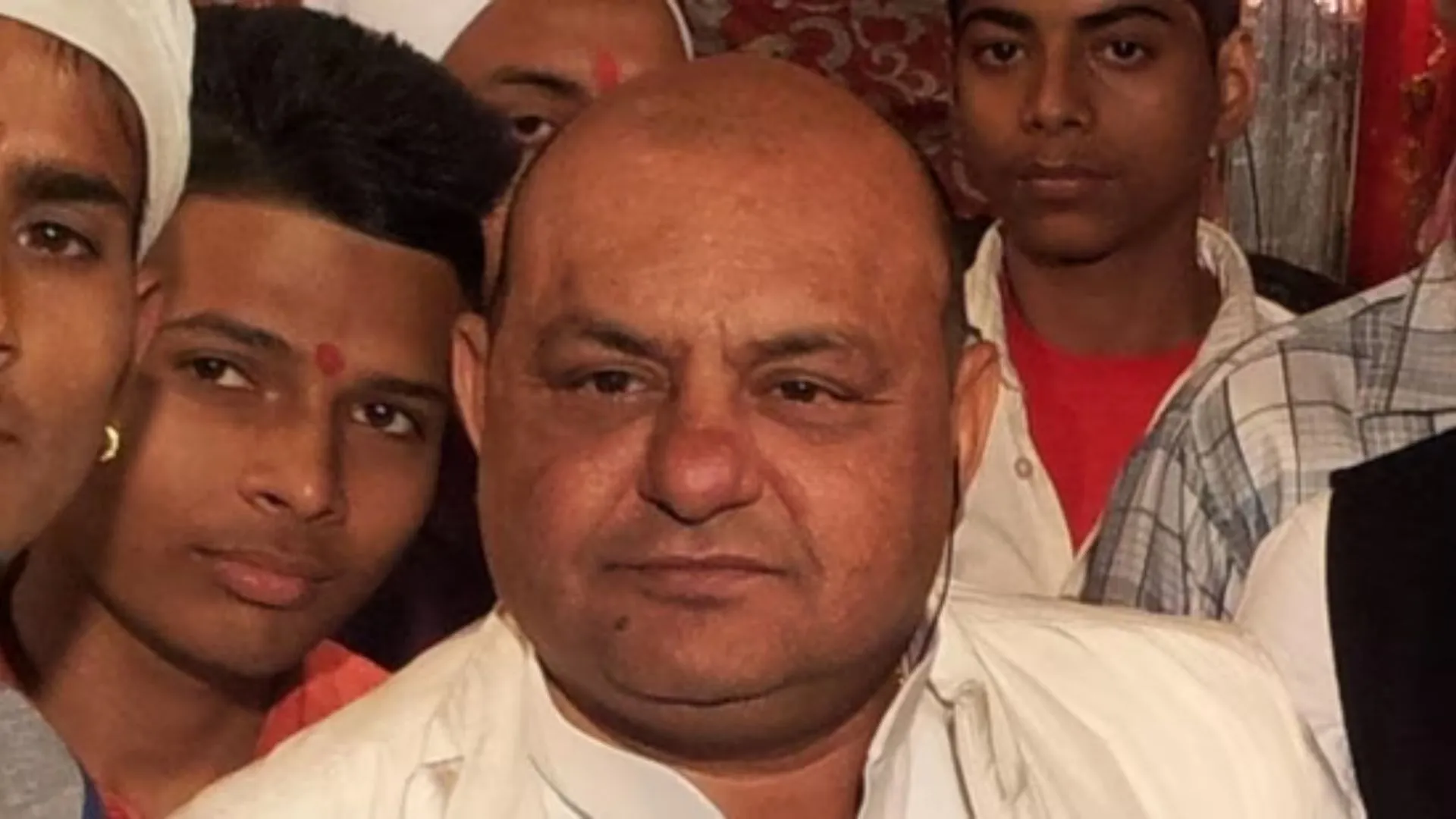India and Brazil are often termed as long-lost twins with similarities edging back to almost five centuries. Portugal’s Pedro Alvares Cabral was sent to India by the King of Portugal after the return of Vasco Da Gama from his pioneering visit to India. Subsequently, the Portuguese connection with India led to the exchange of several crops in the colonial days. Both countries, eventually, began their journey of development post the colonial era, Brazil in 1945 and India in 1947. And not just this, the list of shared diversities goes on—the megadiverse countries enjoy tropical weather and are united by their love for architecture, well reflected through their thriving public spaces.
In ‘Deciphering Design with Dikshu’, Andre Aranha Correa Do Lago, the Ambassador of Brazil to India, converses about his interest in architecture, the uncanny similarities between vernacular Indian and Brazilian architecture and shared aspirations on public spaces with architect Dikshu Kukreja, managing principal, C.P. Kukreja Architects.
“As a Brazilian, I grew up in a generation where architecture was the biggest symbol of a country. Being born in 1959, that was the time that Brasilia, the new capital, was about to be inaugurated. This got everybody in Brazil to take interest in architecture; Brasilia somehow also symbolised the country Brazil wanted to become—a country with personality, modern values, and innovation. And so, I am from a generation where architecture was everything. This was also a time when there was great appreciation for colonial architecture in Brazil. Overall, architecture was very present, even though my father was a diplomat but my mother would talk about architecture at home,” says Andre Do Lago.
But have we all been conscious of how our public spaces affect us and the significant role they have played in our communities? The Ambassador adds, “Like India, Brazil is a very large country. But most of Brazil has very kind weather. So, the public spaces become very important as most of the times we are outside. Each city is very proud of its public spaces and it’s quite interesting to see how you have traditional public spaces in old cities and how, over the years, we have developed man-made public spaces—which is a great challenge. How can you design a good public space that people can adopt?”
The desire for architectural innovation is leading to increased adaptation of modern architecture in consideration of the region’s topographical and cultural demand. Architecture, since time immemorial, has been a major part of defining one’s identity and there is a dire need to understand the same. Discussing the various factors driving change in public space architecture, Dikshu adds, “Indian society has thrived on public spaces, whether it’s streets, our plazas or the public meeting space at the corner of the street that leads you from your neighbourhood to the main avenue, these spaces have been intricately woven into the fabric of our cities. And these have now transformed in the 21st century.”
Today, 90% of Brazil is urbanised; it grew much faster while it retained the Portugal effect over the Baroque from Spain. The transition has been very quick and holds an experience from which one can learn and learn from its outcome while planning urban spaces in India. The Ambassador explains, “I believe public spaces are one of the greatest challenges of contemporary architecture like in India and Brazil most people live in cities that are quite recent since our countries were agrarian societies that little-by-little evolved into bigger cities. There is always a reference to old squares, old streets, and how people are resistant to architecture or urban interventions. And it’s quite unfair as there are public space designs which have come up to work very well with their surroundings. This is a great challenge. In the case of India, there are so many cities of more than 10 million people, how do you create spaces that make them happy to be in the city and not miss old kinds of spaces?” Dikshu agrees,“This approach about having a local influence goes a long way in better understanding people’s needs as a community.”
Due to favourable weather conditions, the idea is to create spaces that not only enrich the experience of the place but are also well received by its people. Designing a public space is one of the most challenging tasks for a planner and a designer.
“I believe India and Brazil share a common notion and that’s diversity. In the case of Brazil, there has been a lot of immigration while in India, the diversity is homegrown. We might be countries on the opposite side of the globe but it’s intriguing to discover these similarities. I remember while working on a project for a Brazilian MNC Perto, how there was a resemblance in design thinking and approach. The communities in India and our idea of celebration—beaches and parks in Mumbai, Chennai, Delhi, and Bengaluru form an important part of our lives.” says Dikshu.
He further adds,“If 20th century belonged to modern architecture, I believe 21st century has to belong to a more participative and contextual architecture, that’s the way to look at it. We can’t be sitting in our ivory towers trying to design for the world, we need to be closely interacting, especially when it comes to public spaces. After all, when we are designing something for the public, how can we not have their participation in it?”
Ambassador Andre Corrêa Do Lago, an architectural enthusiast, is currently serving on the Pritzker Prize Jury and has always looked forward to being in India for its rich cultural and architectural heritage. He was pleasantly surprised when he visited the city of Orchha in Madhya Pradesh, established around 1501, and recalls his experience: “Only India can have a place like Orchha with such quality of architecture,” he adds, “In any other country, it would have easily been in the top three most beautiful cities. However, in India, with such a plethora of heritage, it is not and that’s what I love about it. The country has these series of surprises.”
As we progress as a society and there seems to be a need for increased infrastructure, Dikshu urges for a more responsible approach, “On this planet, architecture is not just about intervening and creating more new-built environment but also about restoring. We don’t have to have a fancy for demolishing stuff, we can always preserve buildings. And buildings alone do not make great architecture—it is the public spaces and the urban design intervention.”
This conversation has been hosted in one of the top 20 most beautiful rooms in the world. Watch the entire episode of deciphering Public space design in India and Brazil by logging into www.designwithdikshu.com.
Join Dikshu Kukreja in his journey of creating awareness towards design by following him on Twitter (@DikshuKukreja) and Instagram (@dikshukukreja) and spreading awareness about design. You can also directly connect with him and find answers to your design-related curiosities by using the hashtag #designwithdikshu on Instagram or Twitter.

